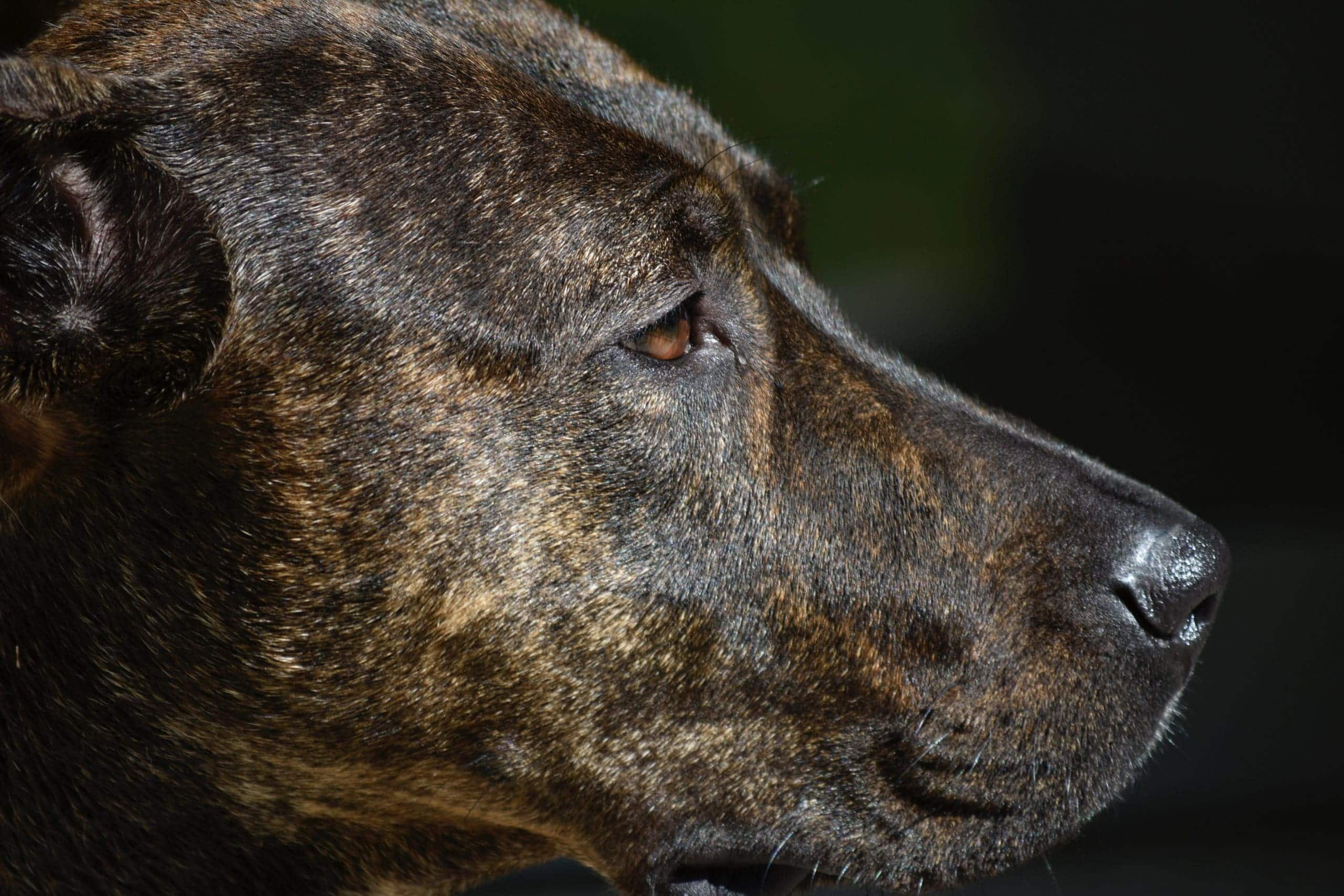What To Do After Removing Tick From Dog?
Post Date:
December 10, 2024
(Date Last Modified: December 10, 2024)
Removing a tick from your dog can be stressful for both you and your pet. Immediate action following the removal is essential to ensure your dog’s health and happiness. Understanding the next steps can significantly impact their recovery and overall well-being.
Complete Tick Removal
First, verify that you have removed the tick entirely. If using a tick removal tool or tweezers, ensure the head is intact. Any remnants left in your dog’s skin can lead to infection or disease transmission. Inspect the area closely, and if you notice any parts of the tick still embedded, consult your veterinarian for further advice.
Cleaning the Bite Area
Once you confirm that the tick is fully removed, clean the bite area with an antiseptic. Hydrogen peroxide or a veterinarian-approved antiseptic solution works well for this purpose. This step is crucial in preventing infection. Gently apply the antiseptic using a clean cotton ball or gauze, avoiding unnecessary irritation of the skin. If your dog is anxious, having someone assist in holding them still can be helpful.
Monitoring for Signs of Infection
After cleaning, keep a close watch on your dog for any signs of irritation or infection. Look for redness, swelling, or discharge at the bite site. Observe your dog’s behavior; if they seem lethargic, lose their appetite, or show signs of discomfort, contact your veterinarian. Some ticks transmit serious diseases, so early detection is vital.
Keeping a Watchful Eye
Maintain vigilance for at least a couple of weeks post-tick removal. Symptoms such as fever, joint swelling, or changes in energy levels can indicate a tick-borne illness. If you observe any of these signs, reach out to your veterinarian for evaluation.
Documenting the Removal
Consider keeping a record of the tick removal, noting the date and any observations about your dog’s health afterward. This information can be beneficial if your dog develops symptoms later on, helping your veterinarian make informed decisions.
Assessing Your Dog’s Environment
Evaluate your dog’s environment, as ticks thrive in specific conditions like tall grass and wooded areas. If your dog visits these locations, take preventive measures. Regularly check your dog for ticks, especially after outdoor activities. Thoroughly inspect their fur, paying attention to areas such as the ears, neck, and between the toes, where ticks often hide.
Preventive Measures
Prevention plays a crucial role in tick management. Discuss suitable tick prevention products with your veterinarian, including topical treatments, collars, or oral medications. Choosing a product that matches your dog’s size, age, and health status is essential.
Managing Tick Habitats
If you discover multiple ticks on your dog or frequent exposure to tick-infested areas, review your yard and home for potential tick habitats. Keeping grass trimmed, removing leaf litter, and creating barriers between wooded areas and your yard can help minimize tick populations. Consulting a pest control professional specializing in tick management may also be beneficial.
Protective Measures While Outdoors
When out with your dog, consider using protective clothing or tick-repellent sprays designed for pets. Though these methods may not provide complete protection, they can offer an additional layer of defense against ticks.
Educating Yourself on Tick-Borne Diseases
Understanding tick-borne diseases common in your area can empower you to take proactive measures to protect your dog. Familiarize yourself with symptoms of diseases like Lyme disease, Rocky Mountain spotted fever, and anaplasmosis. This knowledge can help you act swiftly if your dog shows concerning symptoms after tick removal.
Seeking Veterinary Help
If you have any concerns regarding your dog’s health after tick removal, don’t hesitate to consult your veterinarian. They can provide tailored advice and may recommend additional tests or preventive measures based on your dog’s history and exposure to ticks.
The Importance of Vigilance
Being proactive after tick removal can significantly impact your dog’s health. By following these steps, you can help ensure that your dog remains safe and healthy. Remember, while ticks can carry dangerous diseases, informed and proactive care can protect your beloved pet from potential harm.






